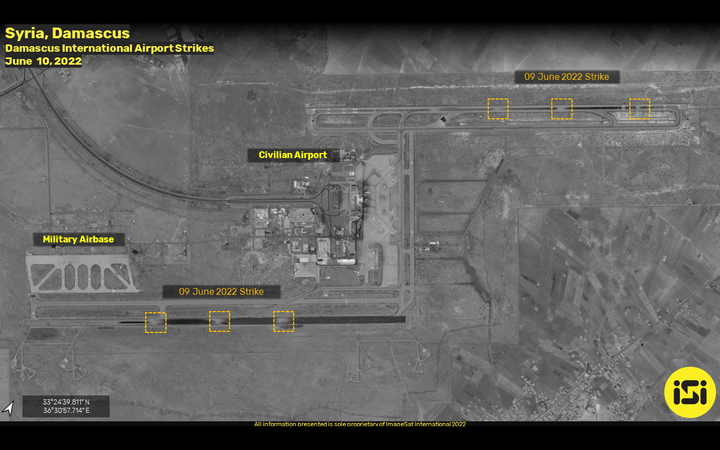Food in the New World: Changing Price and the Looming Famine

While food prices in the last two decades have been steadily rising, the last two months have seen some of the highest jumps in price according to the Food and Agriculture Organization of the United Nations. In March the average on the index was 159.3 compared to February, averaging 141.4. Looking at their yearly chart, the highest jump was between 2010 and 2011 in which the average climbed between 106.7 and 131.9. This number seems a drastic step, but this is yearly, whereas a monthly 10-point jump is the highest number ever since this organization’s foundation in the 90s.
The cause of this is multifactional. Trends in the last year have shown rising costs in most livable goods, but grain seems to be becoming a major problem. Between February and March, the mark on the index jumped nearly 35 points while vegetable oil jumped almost 50. These necessary foods have been on the rise but to see their costs inflate so much has to have a direct link to the modern geo-political situation in the world. In particular two of the largest grain producing countries in the world have recently gone to war, with Russia and Ukraine being two out of the top five wheat exporters in world. When two major exporters of any particular product have a war or any other major disruption the free marker begins to panic, and prices internationally jump up. This ripple effect is just one part of the economic downturn internationally caused by the invasion and what will likely be the crisis afterwards.
What does this mean for America and the first world? While rising food and living costs do affect more affluent countries, for your average American it could mean just that, rising food costs with grain foods in particular becoming a higher end commodity than they were before. These trends will interrupt most of the markets in general for Americans, and especially during the grain harvesting and export season that will now be interrupted due to the conflict. With many nations still using the reserves from these exports and their availability currently being somewhat stable, in the coming months during export season the prices will likely skyrocket as the supply dwindles and demand grows.
The disruption of the breadbasket of the world has disastrous outcomes on an international scale. Should the Russian grain supply be seriously disrupted, many countries would feel the effect of this loss. These countries as well would lose their main source of food, especially those in Africa, in which a large percentage of their grain supply has come from Russia and Ukraine in the last decade. This loss would likely lead to a disastrous humanitarian crisis in nations that are the least developed in the world and have no real other option to turn to. These countries have already felt the disruption through the war in the Ukraine disrupting the fertilizing season, which will likely mean little to no crop exportation this year. With countries so heavily relying on this supply of food to keep them alive, how will they survive?


